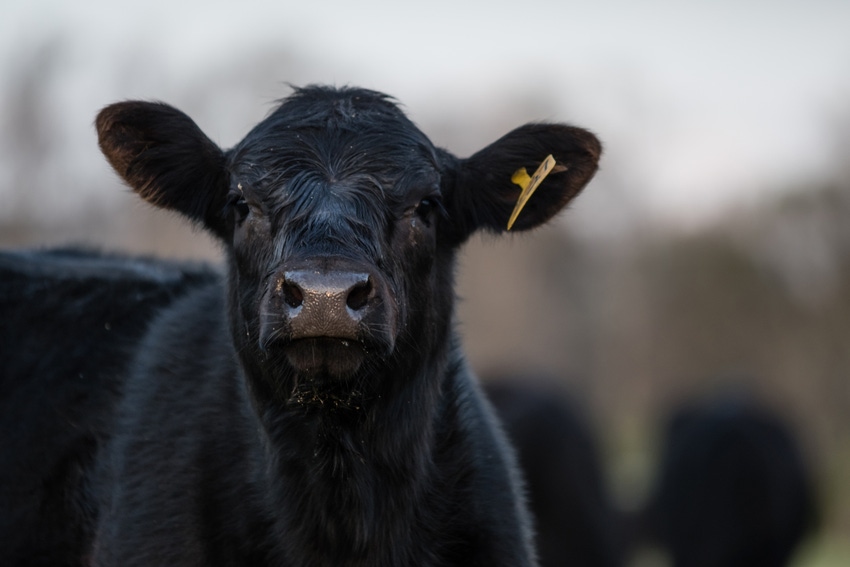Based on increased nutrient digestibility and favorable ruminal fermentation parameters, green-chopped forages may be conducive to enhanced cattle growth.

Green-chopped small grains may provide a forage option for beef cattle, and a University of Florida-led team conducted an experiment during two consecutive winters to evaluate these forages on digestibility, ruminal fermentation and blood parameters in beef steers.
For the study, the team -- T.M. Schulmeister, M. Ruiz-Moreno, M.E. Garcia-Ascolani, J. Benitez, E.R.S. Santos, J.C.B. Dubeux Jr. and N. DiLorenzo of the University of Florida; F.M. Ciriaco and D.D. Henry of Texas Tech, and G.C. Lamb of Texas A&M University -- utilized nine ruminally cannulated Angus crossbred steers (about 359 kg in year 1 and 481 kg in year 2).
Schulmeister et al. noted that the steers received rations based on ad libitum green-chopped forages from pastures planted with one of the following mixtures: (1) oats (Avena sativa L.)/Prine annual ryegrass (Lolium multiflorum Lam.) at 95 kg and 17 kg per hectare, respectively; (2) cereal rye (Secale cereale L.)/Prine annual ryegrass at 78 kg and 17 kg per hectare, respectively, or (3) triticale (X Triticosecale spp.)/Prine annual ryegrass at 95 kg and 17 kg per hectare, respectively.
After a 14-day adaptation, feed and fecal samples were collected twice daily for four days to determine apparent total tract nutrient digestibility using indigestible neutral detergent fiber (NDF) as an internal marker. On day 19, blood and ruminal fluid samples were collected every three hours during a 24-hour period to analyze plasma urea nitrogen (PUN) and glucose, ruminal pH and concentrations of ruminal ammonia nitrogen and volatile fatty acids (VFAs), the researchers said.
According to Schulmeister et al., no effect of treatment (P > 0.05) was observed for intake of dry matter, organic matter (OM), crude protein, NDF or acid detergent fiber.
They reported that apparent total tract digestibility of nutrients was greater (P < 0.05) for the oat and triticale treatments compared to the rye treatment, with OM digestibility being 82.7%, 79.6% and 69.5%, respectively.
They also observed an effect of time (P < 0.01) for ruminal pH.
Further, Schulmeister et al. said the plasma concentration of glucose was greater (P < 0.01) in steers consuming the oat diet, whereas steers fed the rye diet had greater (P < 0.05) concentrations of ruminal ammonia nitrogen and PUN and the least concentration of total ruminal VFAs (P < 0.05) despite having the greatest (P > 0.05) molar proportion of acetate, branched-chain VFAs and acetate-to-propionate ratio.
Schulmeister et al. concluded that the increased nutrient digestibility and favorable ruminal fermentation and blood metabolites of green-chopped oat and triticale forages are potentially conducive to enhanced growth performance compared with green-chopped rye forage.
They reported their findings in the Journal of Animal Science.
About the Author(s)
You May Also Like

.png?width=300&auto=webp&quality=80&disable=upscale)

